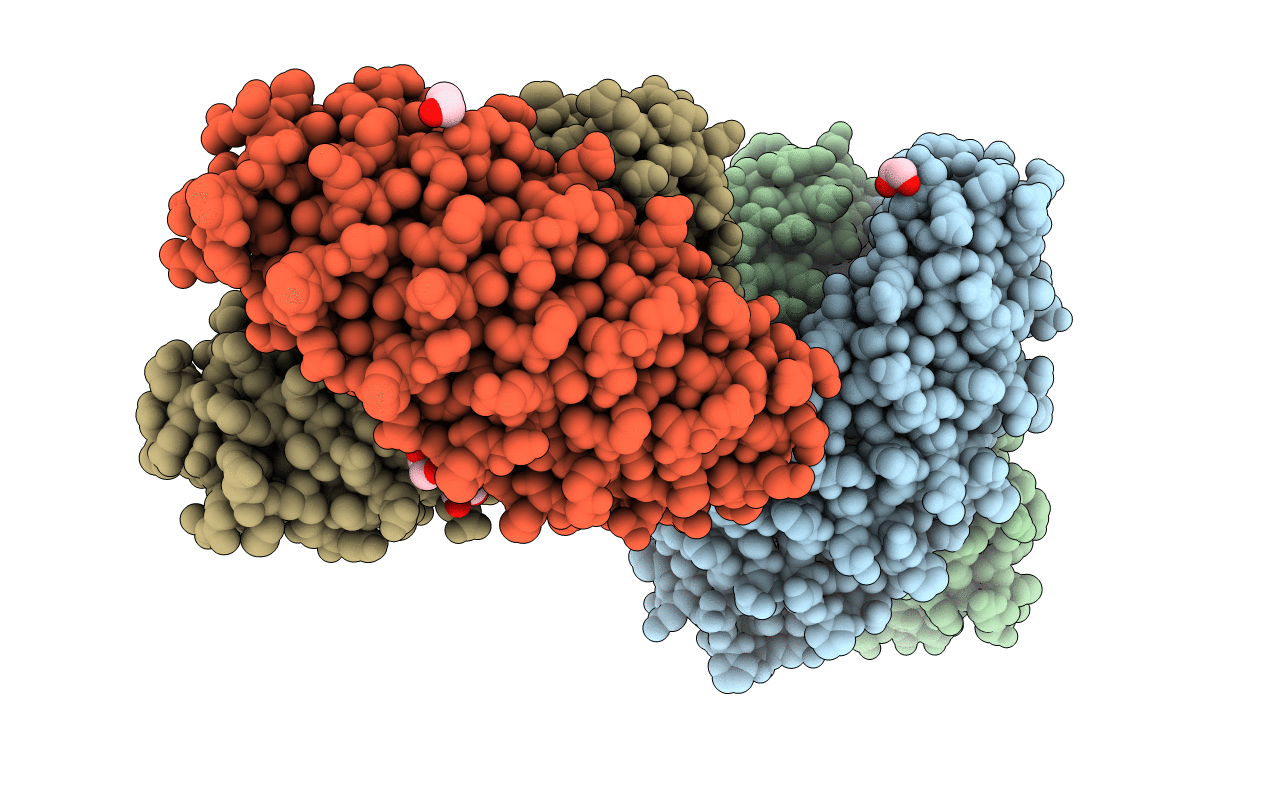
Deposition Date
2016-11-18
Release Date
2017-09-13
Last Version Date
2024-05-08
Entry Detail
PDB ID:
5MFF
Keywords:
Title:
Designed armadillo repeat protein YIIIM5AII in complex with peptide (RR)5
Biological Source:
Source Organism:
synthetic construct (Taxon ID: 32630)
Host Organism:
Method Details:
Experimental Method:
Resolution:
1.90 Å
R-Value Free:
0.21
R-Value Work:
0.18
R-Value Observed:
0.18
Space Group:
P 21 21 21


